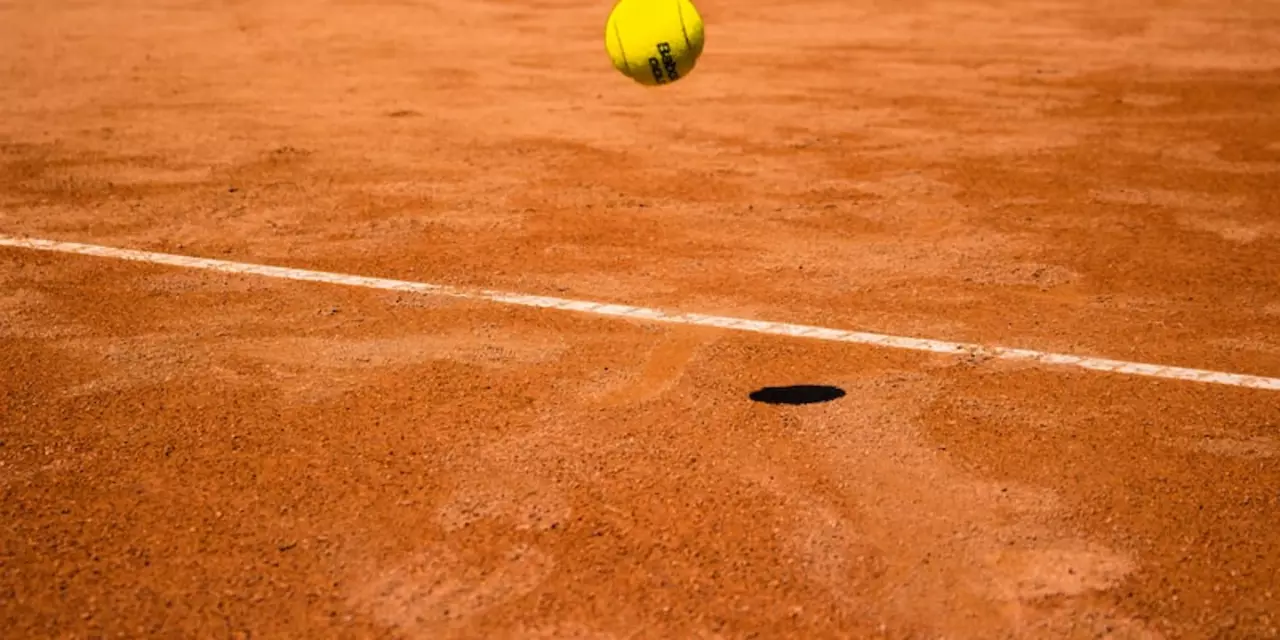Quality in Table Tennis: Gear, Training, and Club Standards
Ever wonder why some players seem to hit the ball with ease while others struggle? A big part of the answer is quality. It’s not about fancy brands – it’s about having the right racket, balls, and training routine that actually help you improve.
Choose Quality Equipment
Start with the racket. A solid blade gives you control, and a good set of rubber adds spin. Look for rubbers that feel soft in your hand and don’t wear out fast. If you’re on a budget, a $30 racket can work, but expect less stability. Investing a bit more – say $100‑$150 – usually means better balance and longer life.
The balls matter too. Official 40mm, pressurised balls last about two to four hours of play. If they feel flat, replace them. Fresh balls keep the bounce consistent, which helps you time your strokes correctly.
Quality Training Makes the Difference
Good gear is only half the story. Consistent, focused practice lifts your game faster than occasional long sessions. Break training into three parts: warm‑up, skill drills, and match play. During drills, work on one thing at a time – serve placement, backhand consistency, or footwork.
Don’t ignore the mental side. A short routine before each game – deep breaths, a quick visualisation of your best shot – can keep nerves in check. This habit is something clubs like Colchester Table Tennis use with their members.
Finally, get feedback. A coach or a more experienced player can spot flaws you miss. Quick adjustments save hours of frustrated practice.
Whether you’re buying a new racket or planning your next training week, focus on quality. It saves money, reduces injury risk, and makes every session feel worthwhile. Ready to level up? Grab that quality gear, set a simple training plan, and watch your game improve.

What kind of tennis ball is the best?
This article examines the various types of tennis balls available and their benefits. It looks at the features of each type of ball and how they can affect a player's performance. The article concludes that there is no single best type of ball, as each type provides its own unique benefits. However, it suggests that the most common type of ball, the pressurized ball, is the best choice for recreational players. It has the right balance of durability, performance and cost. Ultimately, it is up to the individual player to decide which type of ball is right for them.
View More
